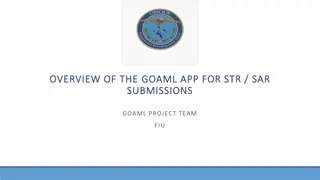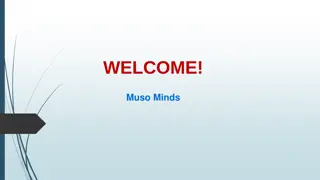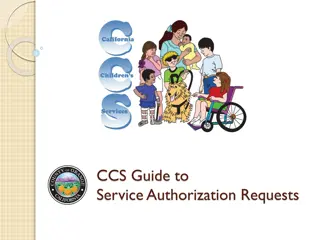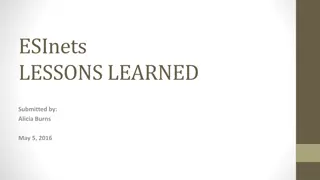Lessons Learned in SAR Training: A Decade of Insights
Explore lessons from SAR training, including motivating the usefulness of SAR, making SAR data visually appealing, providing well-calibrated SAR data, knowing SAR software, and understanding your audience. Gain valuable insights for successful training programs in the field of synthetic aperture radar.
Download Presentation

Please find below an Image/Link to download the presentation.
The content on the website is provided AS IS for your information and personal use only. It may not be sold, licensed, or shared on other websites without obtaining consent from the author.If you encounter any issues during the download, it is possible that the publisher has removed the file from their server.
You are allowed to download the files provided on this website for personal or commercial use, subject to the condition that they are used lawfully. All files are the property of their respective owners.
The content on the website is provided AS IS for your information and personal use only. It may not be sold, licensed, or shared on other websites without obtaining consent from the author.
E N D
Presentation Transcript
A Decade+ of SAR Training: Lessons Learned Josef Kellndorfer
Types of Training Short Courses 1-5 days Scholar Programs Lectures (Universities, Application groups) Graduate Level teaching
Lesson 1: Motivate that SAR is actually useful Harder before ALOS-1/Sentinel-1 in the Americas Avoid the optical versus SAR debate. Use the the Radiologist example: the patients is best served by monitoring with it all: the Cat-scan, MRI and X-ray Show examples of where SAR is strong and complementary: Cloud-penetration often the big one Sensitive to moisture and structure: Huge components to understand ecosystem dynamics and carbon cycle Uniqueness: consistency in observation, no sun-illumination dependencies. What you get is real change of the target! Know PolsSAR and InSAR.
Lesson 2: Make SAR data pretty Start out with color images and work back to understand where the colors come from. Grayscale is initially boring. But the excitement can grow for them Reduce speckle in the first images. Later explain where it comes from and that it s actually a feature as well! Show SAR and optical images in parallel. It really helps to get to know SAR images if a good comparison data set is available
Lesson 3: Provide good, well calibrated SAR data! Big frustrations, if SAR data don t match exactly a well calibrated optical data set. If you can t put a SAR image over a Landsat image, it s annoying. Prepare training data sets for trainees regions. It helps in getting to know SAR data. We can now do that with Sentinel-1 everywhere. ALOS-1 a good proxy for L-band. Waiting for NISAR!
Lesson 4: Know your SAR software Trainees want open source software. Know strength and limitations of the tools available. Be aware of open source vulnerabilities Example miniconda breaking Be critical of software that is not providing the right solutions Don t shy away from endorsing COTS packages that do the trick Push the software providers to fix their bugs.
Lesson 5: Know your audience What s the background of your audience? Remote sensing, GIS, Policy Makers, GIS Geeks? Work with organizers to identify skill level Lecture/hands-on combination works Don t leave too little time for hands-on
Lesson 6: Pick a open source tool to manipulate data Community developed tools that are truly open source R Python Gdal Jupyter notebook:. A great way to intermix code solutions with explanatory text and access to big data and compute resources. BUT: Don t fall in the trap to provide software solutions as notebooks. There are limits.
Lesson 7: Be prepared for no internet! Don t rely on installing software on the fly with a trust in internet connections Bring all software and install. Prepare lectures such that lower capable laptops still can handle the traning data sets. Less is more.
Lesson 8: Prepare for the cloud We are in the era beyond viable processing and data ingestion to local premises. Pre-processing and initial mining needs to happen in the cloud. Where? What resources should trainees be exposed too? We ran courses in Woods Hole with prepared virtual machines and a good internet connetition in 2011. Great way to have everyone on the same page. Work with software providers for training licenses. With more open source, less need though for that.
Lesson 9: Speak the Language or have good translators Prepare material in Spanish, French, Portuguese. It makes a huge difference. Translate open source software. Work on funding for that. SERVIR is doing a good job on that. Courses with professional translaters are most effective. Many of them are really good!
Lesson 10: Have fun! Be animated about how fun SAR data are. Show cool videos of launches of satellites (ALOS-1, SAOCOM) Impress upon participants that they are working with very impressive engineering marvels. SAR s are phenomenal sensors. Certificate and awards ceremony Build a community, e.g., Pan-tropical Scholars























